SELF ACTUALIZATION
Create a website platform from your passion.
Like a driver’s license, it unlocks numerous opportunities for monetization.
Phone number
07729 866 544
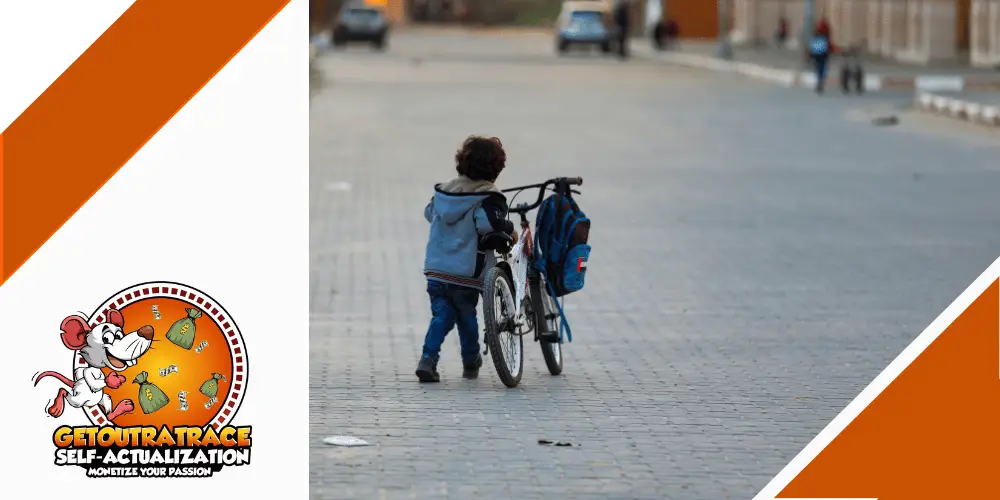
Solving world hunger is complex, but it’s possible through a mix of short-term relief and long-term structural changes. Here’s a breakdown of key solutions:
Address Conflicts & Political Instability
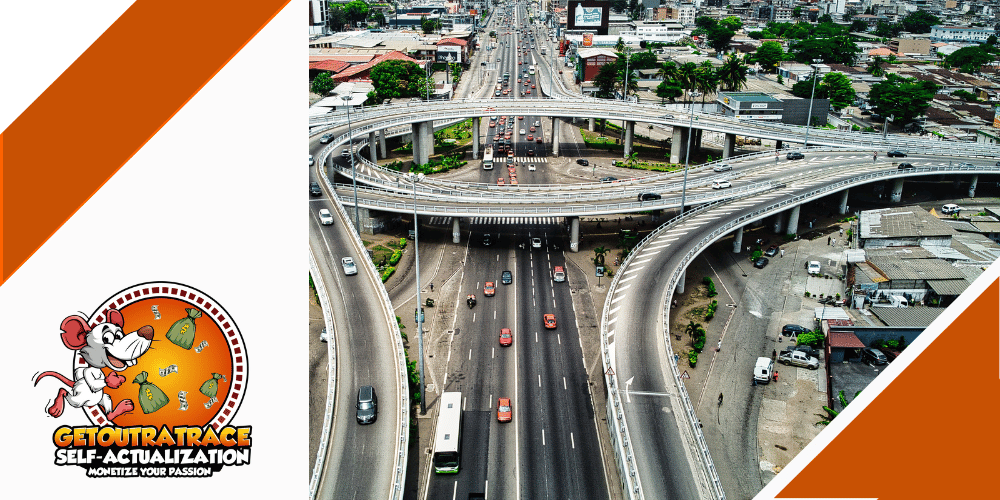
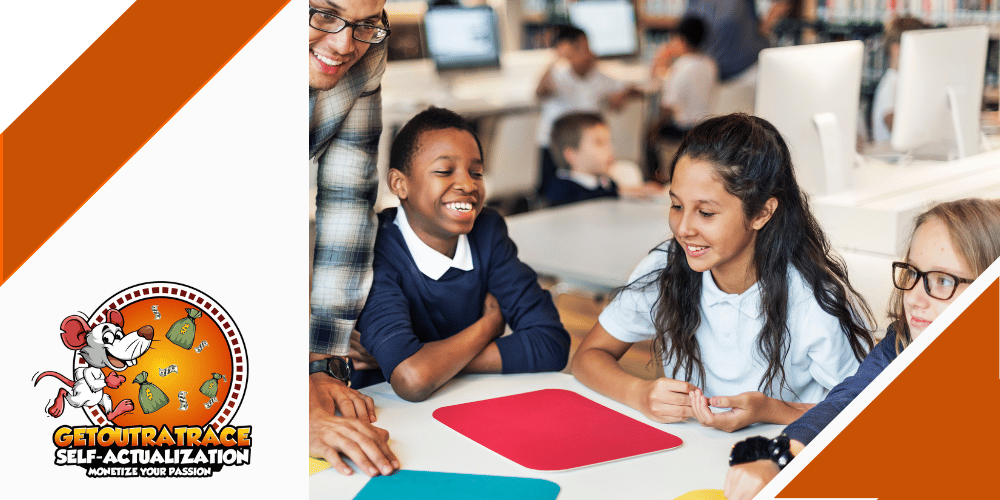
Education is one of the most powerful tools in fighting poverty. While food aid and economic support provide immediate relief, education creates long-term change by breaking the cycle of poverty across generations.
Here’s why education is more important in tackling poverty:
Increases Job Opportunities & Income

If you educate a child, you don’t just change their life—you change entire communities and future generations. It’s the most sustainable way to end poverty.

Education is the process of acquiring knowledge, skills, values, and attitudes that enable individuals to improve their lives and contribute to society.
It goes beyond just schooling—it includes formal and informal learning that helps people think critically, solve problems, and adapt to change.
Examples of impact:
Examples of impact:

Examples of impact:
Examples of impact:
Examples of impact:
Examples of impact:
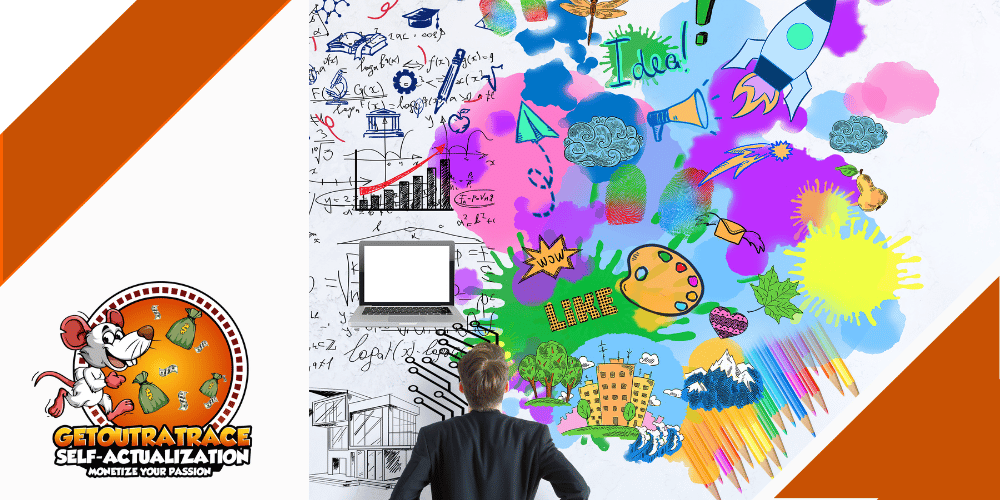
Examples of impact:
Education isn’t just about going to school—it includes any knowledge or skills that help people earn a living, stay healthy, and improve their communities. The best approach is a combination of these types of education, tailored to a region’s needs.
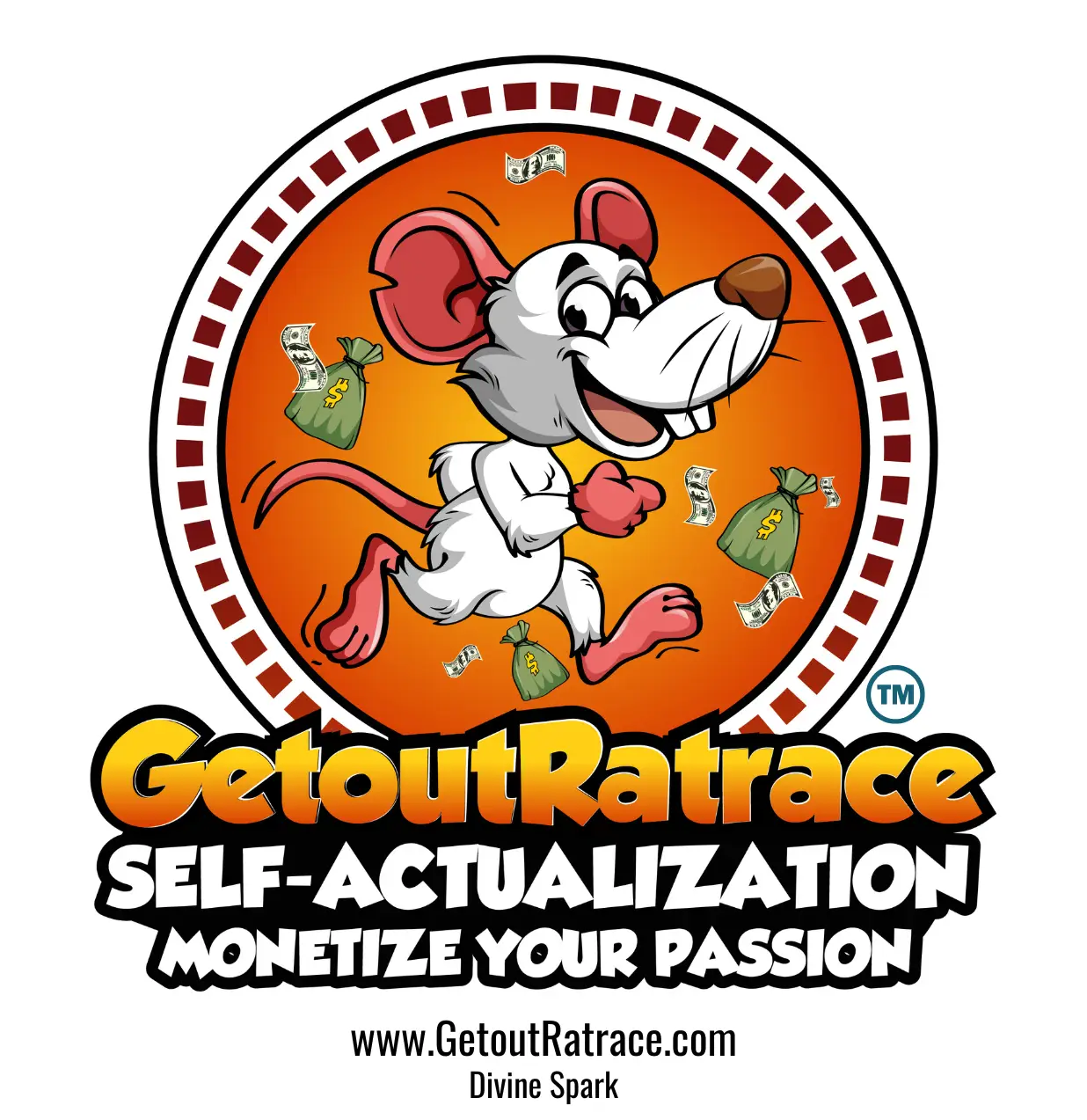
Get notified about new ways people monetize their passions and more. Free digital products coming soon.